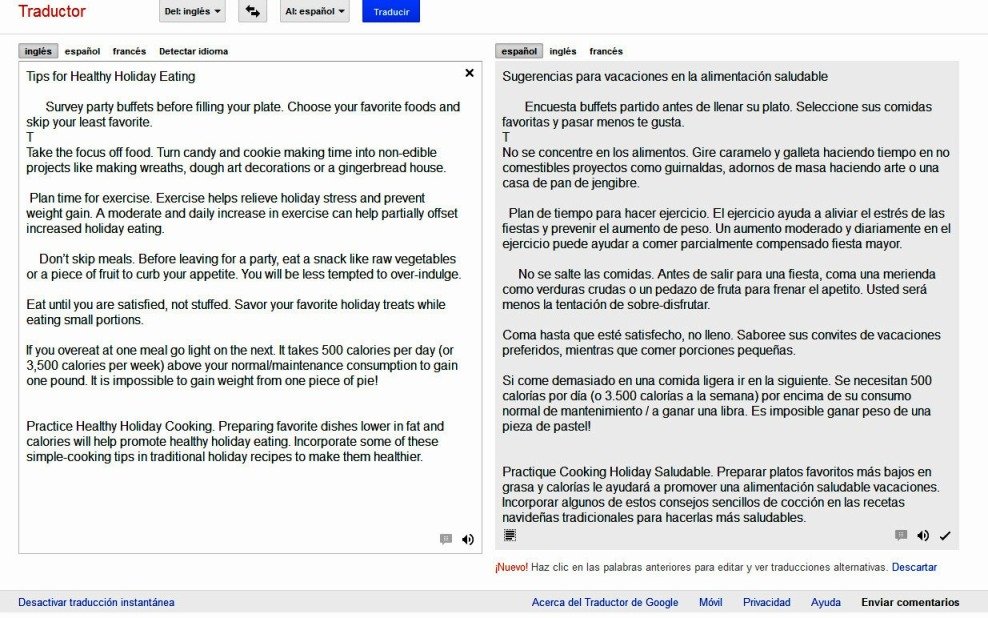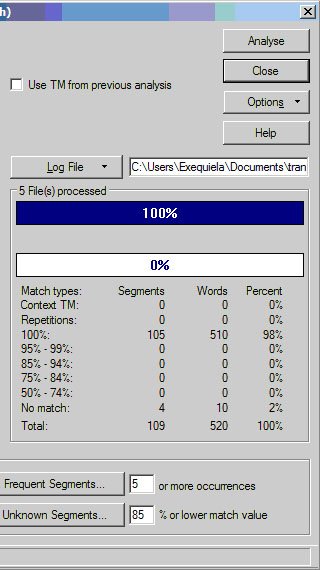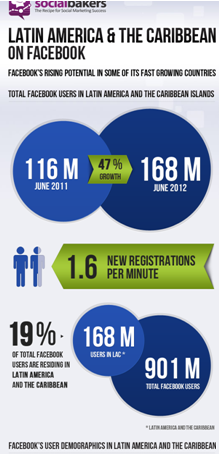An EU directive allowing doctors from member countries to work anywhere in the European Economic Area has come under fire recently. Following the case of a 70 year old British patient who was killed by an incompetent German doctor, critics of the directive have begun pushing for competency tests as well as language proficiency tests as essential measures to protect patients.
The attention has focused on doctors working in the UK without ever having undergone tests to prove that they know enough English to communicate effectively with their patients. Currently, such testing is prohibited under a directive issued from Brussels which considers such measures to be an impediment to the free movement of labor across EU-member country borders. The result, critics say, potentially puts patients at risk of encountering doctors without the basic English skills necessary to work in Britain.
While issues such as this are not new to the EU, which combines so many languages with borders open to travel and commerce, it highlights a concern that can be seen in any area where multiple languages come into frequent contact. If it is not the doctors, for example, who speak different languages, it may be the patients. And that raises the question: at what point is it necessary for hospitals to employ multilingual staff to meet the needs of their patients? Or, as in the case of the EU, at what point should staff be tested for proficiency in one language?
Certain areas of the United States have had their own contact with this issue, particularly in southern states with high and increasing Hispanic populations such as Florida, Texas and Arizona. In some areas, mostly close to the border with Mexico, street signs can be read in Spanish, and even the occasional advertisement in a movie theater will be in Spanish before a movie in English begins. The issue of Spanish-speaking doctors working in hospitals and clinics, of course, goes beyond the question of convenience or marketing to a particular group. As the example in Britain illustrates, the results can be fatal.
At what point, then, does proficiency in Spanish become “necessary” for doctors in the U.S.? How large does the Hispanic population need to get before requirements are put into place? These are questions which face a very complex political environment, particularly in border states. The answers may not come easily, but given the existing population of Spanish-speaking individuals, the discussion is certainly worth having.












